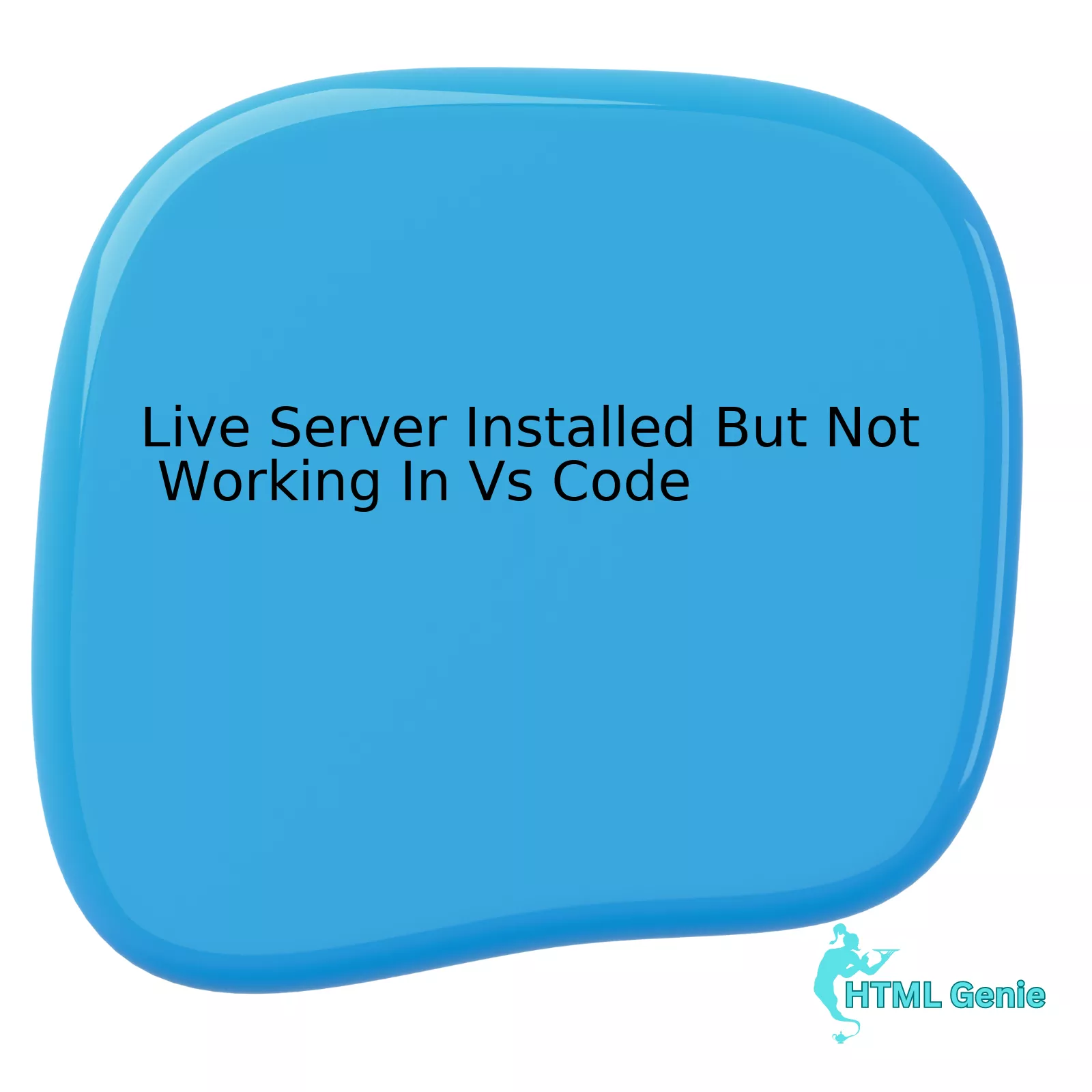The journey into Frontend Development is much like a long road trip. You start in the bright morning, full of excitement, learning the basic rules of the road—the fundamental HTML Tags and simple CSS Styling. As you travel, the landscape changes, the challenges become more complex, and you find yourself driving into the twilight, navigating the sophisticated highways of modern Web Design. This journey, from the first “Hello, World!” to crafting intricate, responsive, and accessible user experiences, is a continuous process of learning and adaptation. It’s about mastering the foundational languages that build the web and understanding how they evolve to meet the demands of an ever-changing digital world.
This comprehensive guide is your roadmap. We’ll explore the essential bedrock of Modern HTML, delve into the transformative power of Modern CSS, and navigate the ecosystem of tools and best practices that define professional Web Development today. Whether you’re just starting your engine or you’re a seasoned driver looking to fine-tune your skills, this deep dive will equip you with the knowledge to drive confidently, even as dusk approaches.
Mastering the fundamentals is not about learning a static set of rules; it’s about understanding the principles that allow you to adapt and innovate as the web itself evolves. The core of great UI Design and UX Design is built upon a solid, semantic, and accessible foundation.
The Blueprint of the Web: Mastering Semantic HTML
Before any styling or interactivity, a website is pure structure. For years, this structure was a chaotic landscape of `<div>` tags, a practice that made pages difficult for search engines and screen readers to parse. The revolution of HTML5 introduced a rich vocabulary of semantic tags, transforming how we build the web’s skeleton. This focus on Semantic HTML is a cornerstone of modern HTML Best Practices and is essential for creating accessible and SEO-friendly websites.
Beyond `<div>`s: The Power of Semantic HTML
At its core, semantic markup means using HTML Elements that describe their meaning—or semantics—to both the browser and the developer. Instead of using a generic `<div class=”header”>`, you use the `<header>` element. This seemingly small change has profound implications for Web Accessibility and search engine optimization. Screen readers can now announce “main navigation” when they encounter a `<nav>` element, providing critical context to visually impaired users. Search engines can better understand the HTML Structure of your page, leading to improved rankings.
A typical semantic layout might look like this:
<!DOCTYPE html>
<html lang="en">
<head>
<meta charset="UTF-8">
<meta name="viewport" content="width=device-width, initial-scale=1.0">
<title>Semantic Page Layout</title>
</head>
<body>
<header>
<h1>My Awesome Website</h1>
<nav>
<ul>
<li><a href="#">Home</a></li>
<li><a href="#">About</a></li>
<li><a href="#">Contact</a></li>
</ul>
</nav>
</header>
<main>
<article>
<h2>Article Title</h2>
<p>This is the main content of the page.</p>
</article>
<aside>
<h3>Related Links</h3>
<p>Content tangentially related to the main article.</p>
</aside>
</main>
<footer>
<p>© 2023 My Awesome Website. All rights reserved.</p>
</footer>
</body>
</html>
This clear separation of content follows W3C Standards and makes the code self-documenting. It’s one of the most important HTML Tips for any aspiring developer.
Building Interactive Experiences with HTML Forms and Tables
Beyond page structure, HTML provides the tools for user interaction. HTML Forms are the primary way to collect user data, from simple contact forms to complex application settings. HTML5 supercharged forms with new input types (`date`, `email`, `tel`) and validation HTML Attributes (`required`, `pattern`, `minlength`), reducing the reliance on JavaScript for basic checks. For displaying tabular data, HTML Tables remain the correct tool. It’s crucial to use them for their intended purpose—data presentation—and not for Page Layout, a practice that has been obsolete for years.
From Static to Stunning: A Deep Dive into Modern CSS Styling
If HTML is the skeleton, Cascading Style Sheets (CSS) is the skin, clothes, and personality. CSS has evolved dramatically from simple color and font changes to a powerful language capable of creating complex layouts and animations. This section of our HTML CSS Tutorial focuses on the game-changing CSS3 Features that define modern front-end design.
The Revolution in Web Layout: CSS Flexbox and Grid
For decades, creating a robust Web Layout was a painful exercise involving floats, clears, and positioning hacks. The arrival of CSS Flexbox and CSS Grid changed everything.
- CSS Flexbox (Flexible Box Layout): Designed for one-dimensional layouts—either a row or a column. It excels at distributing space along a single axis, making it perfect for aligning items in a navigation bar, centering content vertically and horizontally, or creating evenly spaced card components. A simple Flexbox Layout can be achieved with just a few lines of CSS.
- CSS Grid Layout: Designed for two-dimensional layouts—rows and columns simultaneously. It provides a powerful system for creating complex, asymmetrical layouts that were previously impossible without complex workarounds. It is the ideal tool for the overall Page Layout of an application or website.
Here’s a quick example of using Flexbox to center an item:
.container {
display: flex;
justify-content: center; /* Horizontal centering */
align-items: center; /* Vertical centering */
height: 100vh;
}
Understanding when to use Flexbox versus Grid is a key skill. Use Flexbox for components and content alignment; use Grid for the overall page structure. Mastering both is essential for modern Frontend Web development.
Creating Dynamic and Responsive Interfaces
A modern website must look great on any device, a principle known as Responsive Design. The Mobile-First Design approach, where you design for the smallest screen first and then scale up, is a professional best practice. This is achieved primarily with CSS Media Queries.
Beyond responsiveness, CSS allows for rich, dynamic user feedback. CSS Transitions allow property changes to occur smoothly over a given duration, while CSS Animations enable complex, multi-step animations using keyframes. These tools can elevate a static interface into an engaging user experience. Another powerful feature is CSS Variables (Custom Properties), which allow you to define reusable values (like brand colors or spacing units) throughout your stylesheet, making theming and maintenance incredibly efficient. This is one of the most impactful CSS Tricks for large-scale projects.
Navigating the Modern Frontend Ecosystem
The journey of a developer doesn’t end with mastering HTML and CSS. The modern ecosystem is filled with tools, frameworks, and methodologies designed to make development faster, more scalable, and more maintainable. From creating beautiful Landing Pages to building complex web applications, these tools are indispensable.
Streamlining Workflows with Tools and Frameworks
Writing raw CSS for a large project can become repetitive and difficult to manage. This is where CSS Preprocessors like SASS or LESS come in. They introduce features like variables, nesting, and mixins, which compile down to regular CSS, saving significant time and effort.
On the framework front, there are two dominant philosophies:
- Component-Based Frameworks: Tools like Bootstrap and Foundation provide pre-styled components (buttons, modals, navbars) that you can drop into your project. They are great for rapid prototyping and building standard interfaces. Material Design is a design system by Google that has inspired many such frameworks.
- Utility-First Frameworks: Tailwind CSS is the leading example. It provides low-level utility classes (e.g., `flex`, `pt-4`, `text-center`) that you compose directly in your HTML. This offers maximum flexibility and avoids the “cookie-cutter” look of component frameworks.
In the world of JavaScript frameworks like React and Vue, CSS-in-JS libraries such as Styled Components have also gained popularity, allowing developers to write CSS directly within their JavaScript components for better encapsulation.
Ensuring Accessibility and Performance
A great website is one that everyone can use. Web Accessibility (often abbreviated as a11y) is the practice of ensuring your sites are usable by people with disabilities. This is not just a “nice-to-have” but a legal and ethical requirement in many contexts. Adhering to Web Standards is key.
Key accessibility practices include:
- Using semantic HTML correctly.
- Providing alternative text for all meaningful images.
- Ensuring sufficient color contrast.
- Making sure all functionality is accessible via a keyboard.
- Using ARIA Labels (Accessible Rich Internet Applications) to add extra context where HTML semantics fall short.
Performance is the other side of the coin. A slow website frustrates users and ranks poorly in search results. Best practices include optimizing images, minifying CSS and JavaScript files, and writing efficient CSS Selectors. A clean, well-structured codebase built with these principles in mind is the hallmark of a professional developer.
The Road Ahead
The drive from learning your first HTML Elements to mastering a complex CSS Framework is long, but incredibly rewarding. We’ve journeyed from the foundational importance of a solid HTML Structure to the expressive power of a Flexbox Layout or Grid Layout. We’ve seen how tools like SASS can streamline our workflow and how a commitment to Accessibility makes the web a better place for everyone.
As you continue your journey, remember that the web is always moving forward. The sun will set on some technologies as it rises on new ones. The key is to never stop learning. Keep exploring, keep building, and enjoy the ride. The road of a developer is a perpetual drive till dusk, and the view is always changing.






